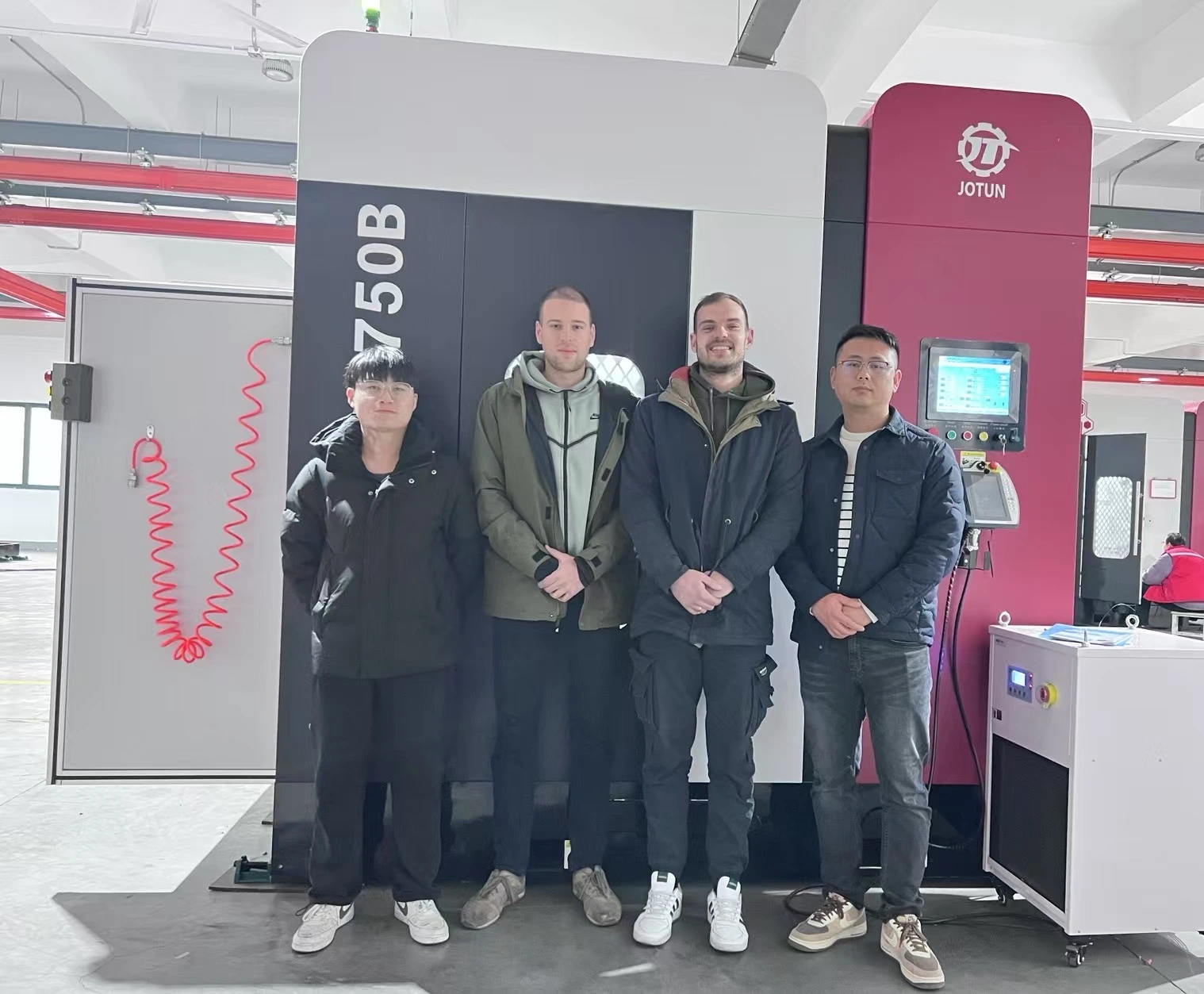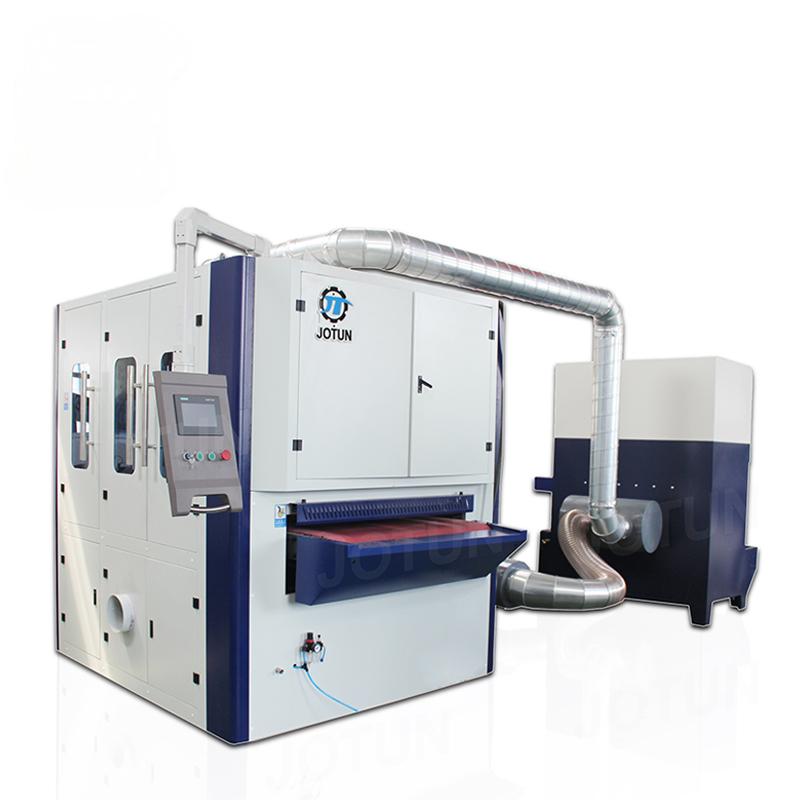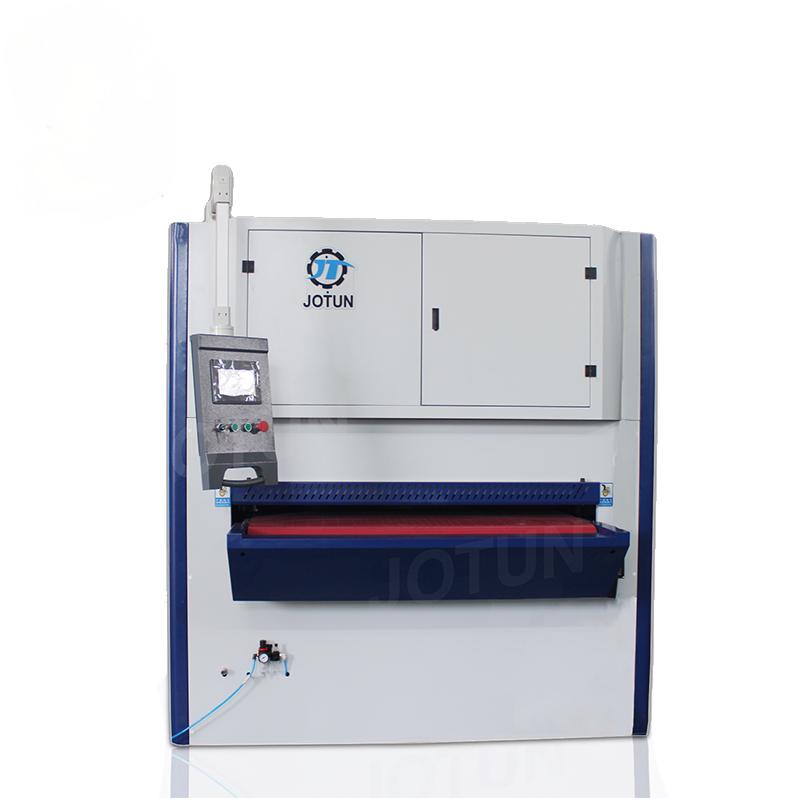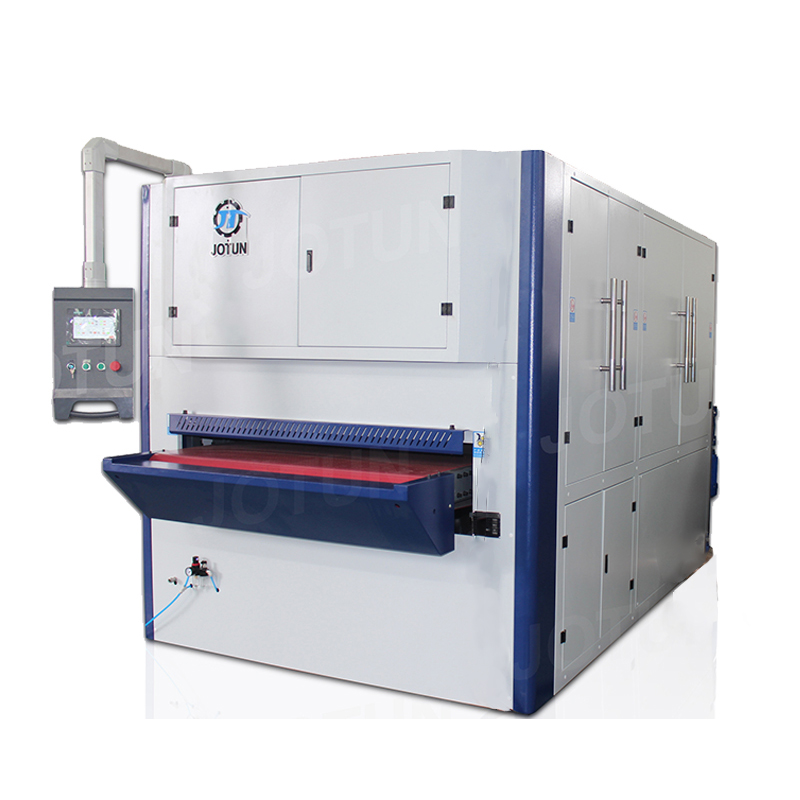Weld seam grinding machines are the unsung heroes of manufacturing and fabrication industries, quietly ensuring the smooth and flawless finish of welded joints. In this article, we’ll delve into the inner workings of these machines, exploring their mechanisms, functionalities, and the crucial role they play in achieving high-quality weld finishes.
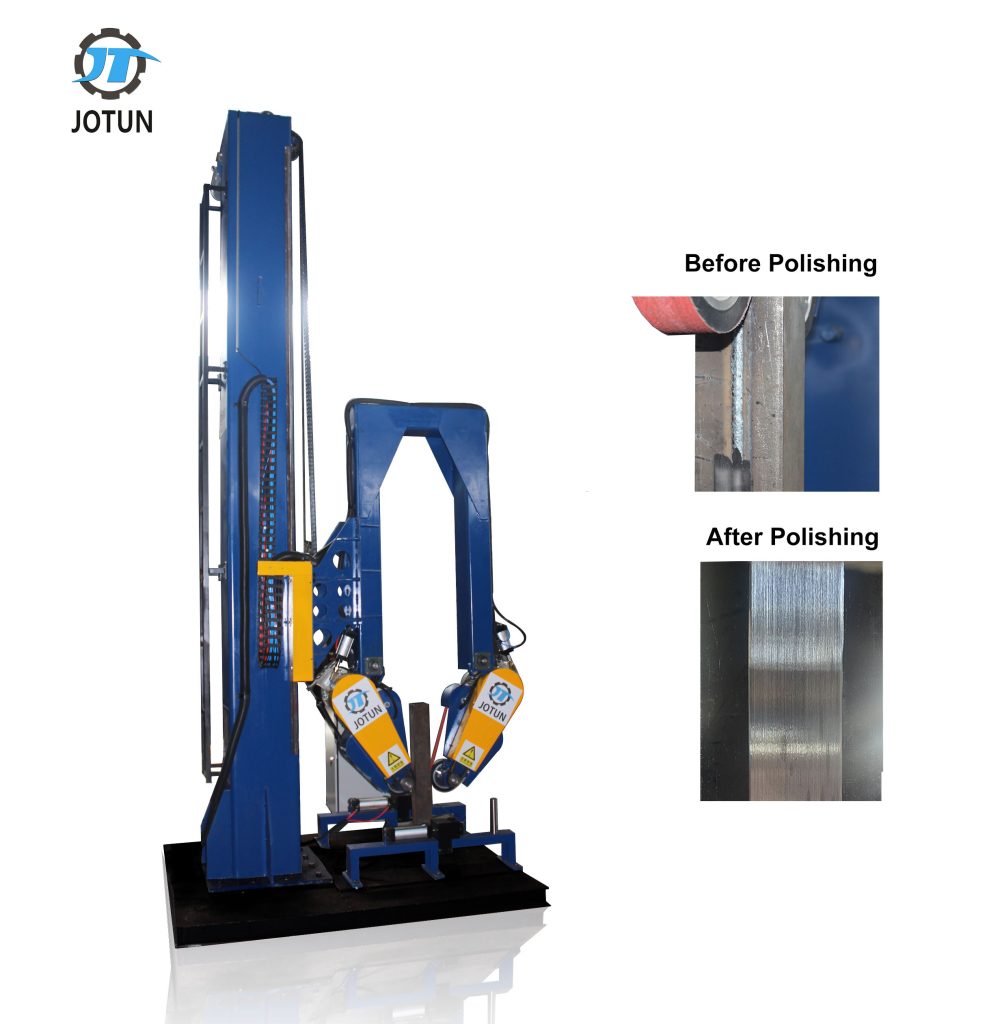
Understanding the Basics:
So, what exactly are weld seam grinding machines? Well, picture this: you’ve got a freshly welded joint, but it’s not quite ready for its close-up yet. Enter the weld seam grinding machine, a superhero in the manufacturing world that swoops in to smooth out those rough edges and imperfections, leaving behind a polished finish that’s as sleek as it gets.
Weld seam grinding machines are specialized tools designed to grind and smooth the surfaces of weld seams, removing excess material, imperfections, and irregularities. They are commonly used in industries such as automotive, aerospace, construction, and metalworking, where welded joints require precise finishing for both aesthetic and functional purposes.
Peek Inside:
Now, let’s take a peek under the hood. Inside a weld seam grinding machine, you’ll find a few key players:
1. Grinding Head: This is where the magic happens. The grinding head houses the tools—think grinding wheels or belts—that do the heavy lifting, shaving off excess material and turning rough welds into works of art.
2. Power Source: Like any good superhero, our grinding machine needs its power fix. Most of these machines are powered by electric motors, giving them the juice they need to tackle even the toughest welds.
3. Control Panel: Ah, the brains of the operation. The control panel lets operators fine-tune settings like grinding speed and pressure, ensuring that each weld gets the VIP treatment it deserves.
4. Workpiece Support: Every hero needs a sidekick, right? The workpiece support mechanism holds the welded component steady during grinding, so there’s no slipping and sliding around.
5. Cooling System: And let’s not forget about keeping our heroes cool under pressure. Some grinding machines come equipped with cooling systems to prevent overheating, keeping everything running smoothly.
Grinding 101:
Now, onto the main event: the grinding process itself. Here’s how it goes down:
1. Setup: The operator sets the stage, positioning the welded component on the workpiece support like a director setting the scene for a blockbuster film.
2. Action: With a flick of the switch, the grinding head springs into action, making contact with the weld seam. As it glides along, it’s like watching an artist at work, slowly but surely transforming rough metal into a thing of beauty.
3. Adjustments: Just like a conductor leading an orchestra, the operator fine-tunes settings as needed, ensuring that each pass brings us closer to that perfect finish.
4. The Big Finish: And finally, after a few passes back and forth, it’s time for the big reveal. The weld seam has been transformed, smooth and seamless, ready to take its place in the world.
Why It Matters:
But why does all this matter, you ask? Well, for starters, weld seam grinding machines are the unsung heroes of manufacturing, ensuring that everything from car frames to skyscrapers looks top-notch. Plus, they’re a real time-saver, cutting down on manual labor and getting the job done faster and more efficiently.
Wrapping It Up:
So, there you have it—a crash course in weld seam grinding machines. Next time you come across a flawlessly finished weld, take a moment to appreciate the silent hero behind the scenes, making it all possible. After all, in a world of rough edges, isn’t it nice to know there’s someone—or something—out there smoothing things over?



